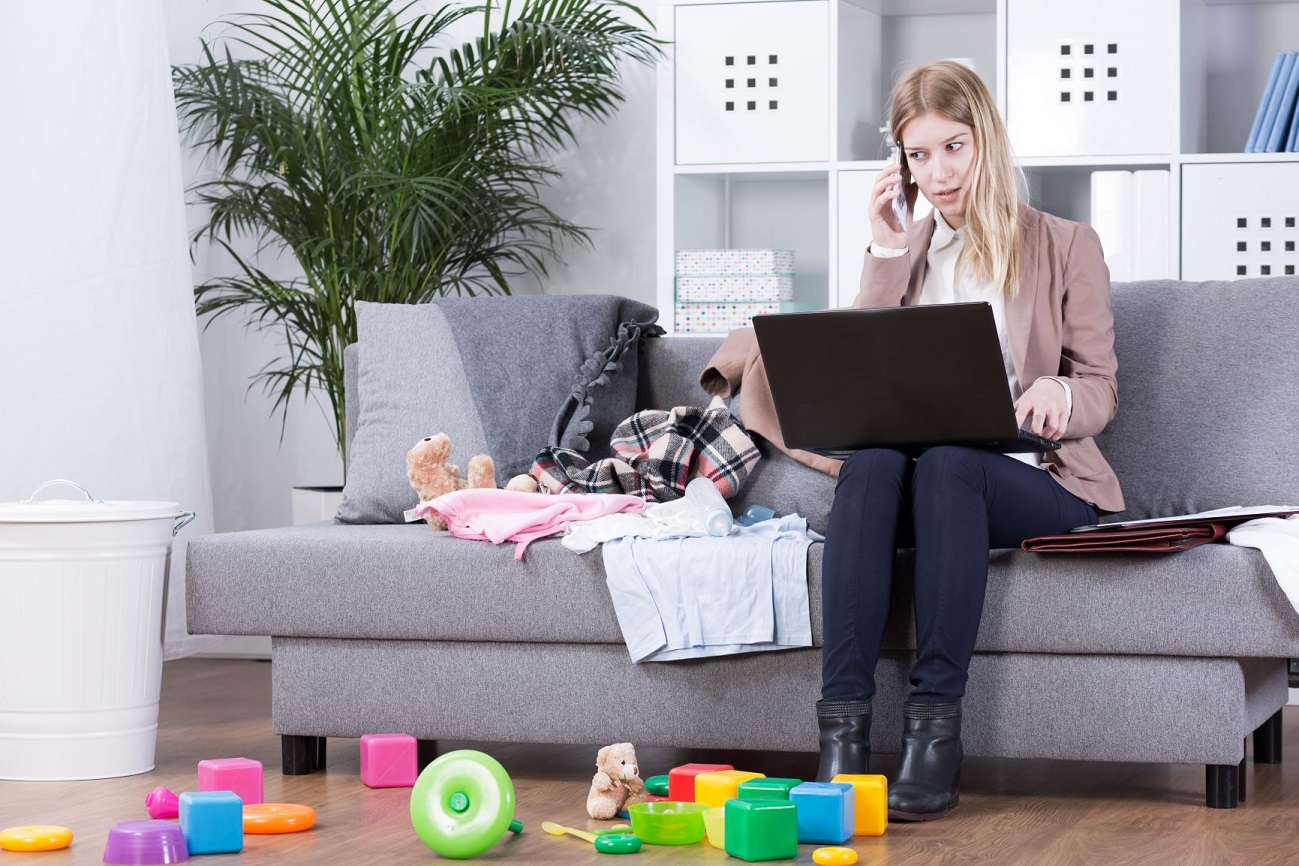

Ok, so maybe your work-at-home situation isn’t quite this bad. But chances are, your setup and habits could probably use a pinch or two of ergonomic guidance.
With recent measures requiring all non-essential employees to work remotely, you may find yourself without the benefit of an ergonomically-correct workspace. You can see what it’s supposed to look like here.
If you’ve ever found yourself hunched over the kitchen counter or in some other compromising situation, take some time to adjust your set-up, even just a bit. You’ll be glad you did.
What does a model work-from home employee and his or her loyal steed (workstation) look like? Try this:
Head: Directly over shoulders, without straining forward or backward, about arm’s length from the screen.
Neck: Elongated and relaxed.
Shoulders: Kept down, with the chest open and wide.
Back: Upright or inclined slightly forward from the hips. Maintain the slight natural curve of the lower back.
Elbows: Relaxed, at about a right angle.
Wrists: Relaxed and in a neutral position, without flexing up or down.
Knees: Relaxed and in a neutral position, without flexing up or down.
Screen: At eye level or slightly lower.
Keyboard: Best when kept flat for proper wrist positioning and at or below elbow level.
Fingers: Gently curved.
Chair: Sloped slightly forward to facilitate proper knee position.
Feet: Firmly planted on the floor. Shorter people may need a footrest.
More Workstation Tips from RVNAhealth
If you’re like most of us, your workstation — and posture — may need some tweaking. Here are some more tips from the RVNAhealth Occupational Therapy team to help you create a comfortable, pain-free workspace and pave the way for improved productivity and performance.
Light: Be sure to have ample lighting in your workspace. This will reduce the tendency to lean forward, which can cause neck and back discomfort, and squint, which causes eye fatigue.
Height: Place your computer screen at eye level or slightly below to avoid awkward posture which is not good for your neck and back.
Accessories: Consider the following workspace items to decrease pain and discomfort:
- Computer Monitor Lift {this can be a dictionary or large book, in a pinch}
- Mouse pad with wrist rest
- High-backed chair for full support
Movement: Get up to stretch every 30-60 minutes to help relieve muscle fatigue and re-set your body and posture.
Reminders: Post this flyer at your workstation as a reminder of the optimal set-up. Just a glance will do the trick.



